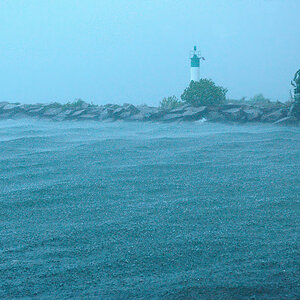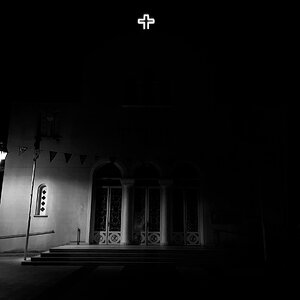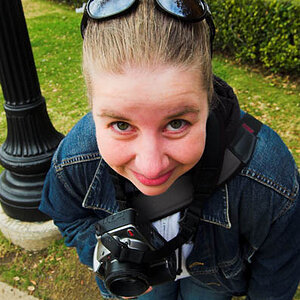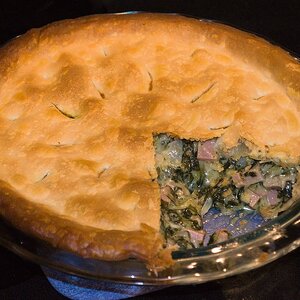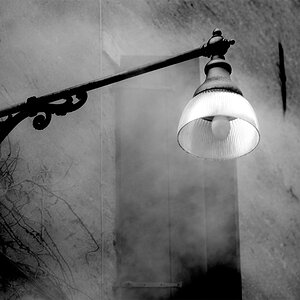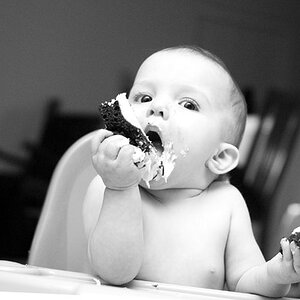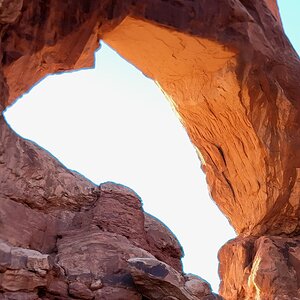- Joined
- Dec 11, 2006
- Messages
- 18,743
- Reaction score
- 8,047
- Location
- Mid-Atlantic US
- Website
- www.lewlortonphoto.com
- Can others edit my Photos
- Photos NOT OK to edit
The content of the Myth column was as expected but a couple of the letters were much more on point
I traded up from my D70, without qualms, for a couple of reasons, better camera build and features but most important different and improved sensor. And it wasn't the 2 M difference, it was the better response to the same input image!!
The article assumes that the only difference in digital cameras is the megapixels. This, certainly, is one of the things the media is constantly putting forward, as well as the camera companies and the suppliers to the camera companies (they make more money on higher-priced, latest technology products).
The truth, of course, is that the number of megapixels is only one difference that shows up in the result. Other differences include plastic vs. glass lens, a cheap glass lens vs. a high quality, multicoated lens, the speed of the camera, the way the aperture opens and closes, the quality and size of the CCD, the firmware inside the camera, etc.
As a result, a camera with 8 megapixels may produce poorer images than a better camera with only 6 megapixels. And that difference would be observable by anyone.
And somewhere in the responses someone also mentioned that at full frame and with printers that produce the same quality print image from 200 pixels/inch through 300 pixels/inchthe printer is the limiting factor. Try cropping each frame to 1/4 of the original frame size, then print and the difference between 5 and 10 megs will show up with even these printers. And it will show in picture tones and noise.No reason to challenge your basic premise: 5 megapixels worth of data makes for a very nice image, assuming little or no cropping.
But that doesnt mean that a 13MP camera will take the same quality picture as a 5MP one. More likely than not, the 13MP model will have less noise, more range, better quality at high ISO equivalents, etc.
Well-lit settings with cute kids who dont squirm too quickly are important to most of us, but theyre not very challenging to cameras. You dont have to worry about purple fringing because the soft-focus look minimizes contrasts. You can use a nice, low ISO rating & get a good exposure. Etc.
Not to mention all the other features that manufacturers feel obliged to toss in when building a premium camera.
So: partial agreement only. Its not really clear (unless all you care about is blowups of the kids) that a 5MP camera is the functional equivalent of the 13MP monster.
I traded up from my D70, without qualms, for a couple of reasons, better camera build and features but most important different and improved sensor. And it wasn't the 2 M difference, it was the better response to the same input image!!


![[No title]](/data/xfmg/thumbnail/32/32782-7f10503454a2a8eeff8b554e3b081c86.jpg?1619735661)

